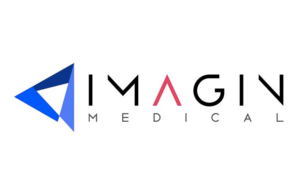 Imagin Medical this week announced it has acquired Trod Medical’s enCage Coil precision ablation system.
Imagin Medical this week announced it has acquired Trod Medical’s enCage Coil precision ablation system.
The company will acquire the enCage Coil for $2.5 million, which will be paid over time once certain developmental milestones are met. There will be an initial payment on the closing of $350,000 and $150,000 of Imagin shares. Of the initial payment, $200,000 and all shares will be held in escrow pending transfer of intellectual property to Imagin.
Trod Medical’s enCage Coil device is a disposable focal therapy precision ablation device for prostate cancer. It delivers bipolar radiofrequency energy through a distinctive “coil” electrode during minimally invasive office-based procedures. The system allows surgeons to pre-set precise ablation margins and target only cancerous tissue to reduce the risk of damaging adjacent structures.
The device is FDA 510(k) cleared and has been used in 51 patients, including 20 patients who were in a Phase II trial of the device.
“We are excited to add the enCage Coil to Imagin’s portfolio as we build our pipeline of products,” Imagin President and CEO Jim Hutchens said in a news release. “This additional funding will support ongoing product development and the company’s progress in bringing our products through the FDA approval process.”
The enCage Coil joins Imagin’s portfolio that includes the i/Blue imaging system for bladder cancer. It is a dual-view camera head that uses optical filters to split the image into white light and blue light channels and display side-by-side white and blue light images in real-time.
“As a urologist who has cared for patients with cancer over a 25-year career as a professor and urological oncologic surgeon, I have a deep knowledge of the field and of the needs of patients with prostate and bladder cancer,” said Dr. Kevin Slawin, chairperson of Imagin’s board of directors. “Our growing focus on bringing best-in-class technologies to patients in an outpatient setting is the culmination of my thoughts over my career as a leader in the field of urologic oncology on how to best care for these patients.”

